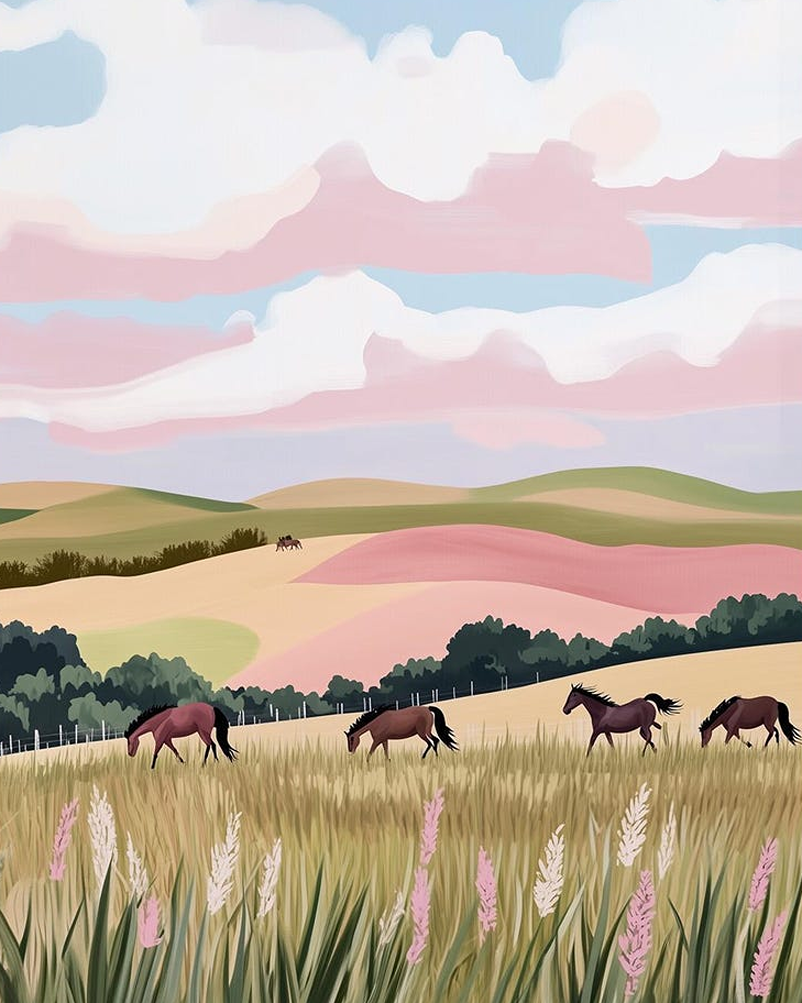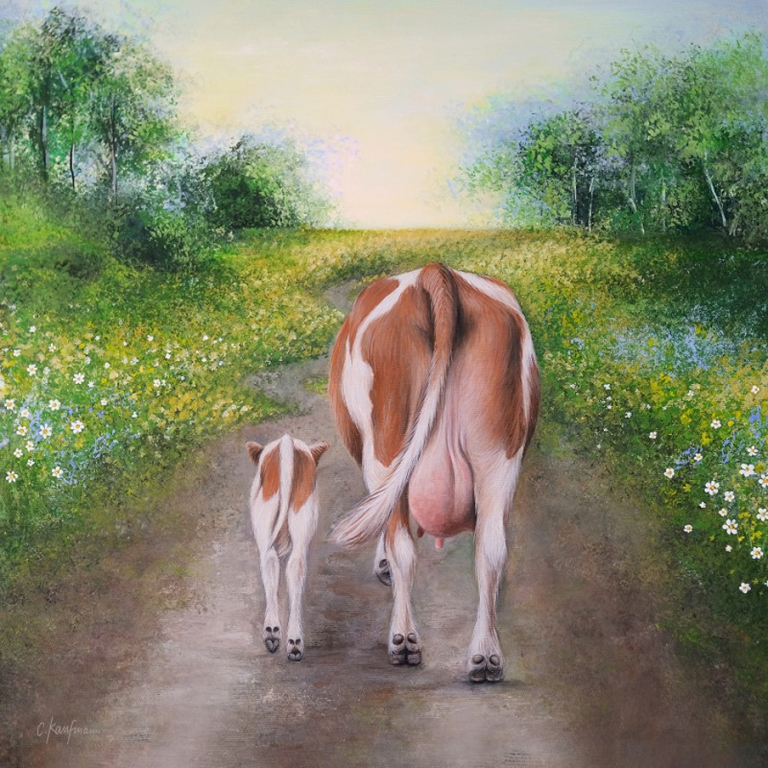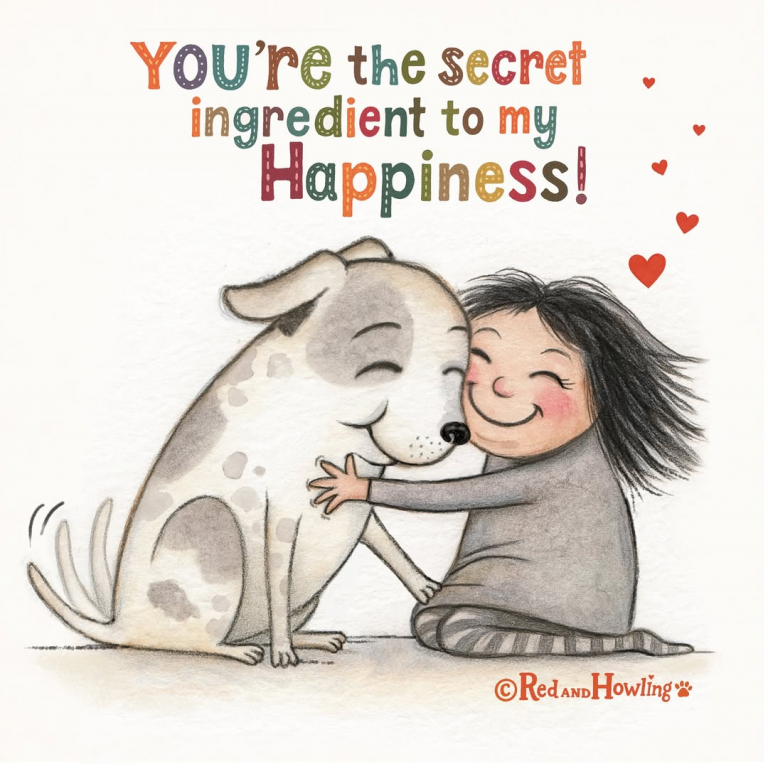
Unlike England (and the US) which tends to become obsessed by leaders, Swiss politics is very different. Instead of one Prime Minister, there is a panel of leaders, and most big decisions are taken to the country, with regular referendums.
Politics is based on horse mentality, where there are no pack leaders. Just sociable beings who can mingle in to get the job done. If you think of a pack of horses, no-one is really in charge. Unlike modern western politics (Boris Johnson, Nigel Farage, Keir Starmer, Donald Trump, Vladmir Putin), there is no ‘big person in charge’. Everyone just gets alone like adults.
In every age, it has been the tyrant, the oppressor and the exploiter, who has wrapped himself in the cloak of patriotism or religion (or both) to deceive and overawe the people. Eugene Victor Debs
What Herd Mentality Looks Like in Horses
Horses are prey animals. Their social structure is non-predatory. This single fact shapes how they relate, choose leaders, and make decisions. In Linda Kohanov’s work, the most respected horses are calm, observant, and consistent. They do not push the group with threats. They influence by reading the environment and offering safety signals.
A horse herd is a network, not a rigid ladder. Roles shift with need. One horse may lead a move to water. Another may take point in rough ground. Mothers watch foals. Older geldings often keep order at the edges. The group values those who reduce risk for everyone.
Key behaviours show how this works:
- Mutual grooming: Horses stand head to tail and scratch each other’s withers. This lowers stress and builds bonds that last.
- Shared vigilance: Different horses scan in turns. When one startles, others check, then either relax or move. Energy spreads through the group like a wave.
- Protection of weaker members: Foals and injured horses stay near steady adults. The group shapes itself so the most vulnerable are buffered.
This pattern differs from classic views of wolf packs or human hierarchies where dominance holds the top spot. A stallion might chase off a threat, but he does not rule every choice. In many herds, an experienced mare sets direction. She knows the terrain, water, and weather signs. Others trust her judgement because it keeps them safe.
Kohanov highlights emotional intelligence as a survival tool. Horses read posture, breath, and micro-movements. They sense coherence or tension from a distance. A horse with a steady heart rate can settle the whole field. A jittery horse can set everyone on edge. Status rests on who can calm the group and pick the right moment to move.
The result is flexible order. Pressure rises when risk is near, then eases. Conflict tends to be brief and clear. Signals are visible, and forgiveness is fast. The herd protects the social fabric because cohesion keeps everyone alive.
How Horses Build Trust Without Dominance
In Kohanov’s view, horses accept guidance from those who broadcast safety. They watch for slow breath, soft eyes, and squared, grounded feet. These signals mean, I am aware and I am steady. They do not mean, Do what I say.
Play and rest are part of the glue. Young horses spar, learn boundaries, and return to grazing. Tension rises, gets named through body language, then passes. In a well-bonded herd, a small ear pin or a step aside ends quarrels before they spark. The group remembers who restored calm more than who forced a win.
Practical examples from the field echo this. A calm mare can walk between two rivals and lower her head. Both relax. A lead gelding may move to the front on a windy day, then fall back when the air is still. Authority is service, not a prize.
The Role of Emotions in Horse Groups
Horses trade in emotion like a current. Fear moves fast, but so does calm. Kohanov explains how herds use this sensitivity to make joint choices. If a few horses sense a threat, they raise their heads and freeze. Others scan, then either graze again or shift into a coordinated move. No speech, yet a shared decision appears.
This works because horses mirror what they feel in others. Empathy is not sentimental here, it is practical. It keeps the herd synced. A confident horse can lend steadiness to a nervous one. A panicked horse can drain the group in seconds. Social intelligence is the filter. The herd learns who to copy, and when.
Herd Mentality in Politics: Lessons from Horses
Human groups often behave like herds under pressure. We look for signals of safety. We follow those who seem to read the field. In politics, though, leaders often use fear as a tool. That is a predator’s script. It spikes the heart rate, narrows attention, and pushes quick, loyal responses. It also burns trust.
Kohanov’s model points to a different path. A non-predatory leader calms the room, names risks without drama, and shares credit. They invite everyone to scan the horizon. They treat disagreement as information, not defiance. This lowers the physiological noise that blocks careful thought.
Voter behaviour shows herd patterns. Party loyalty can mirror herd conformity, with cues spread through social media, family, and local groups. In a stable political herd, loyalty is based on shared safety and fair process. In a stressed herd, loyalty curdles into fear of the other side. Rumours spread fast. Nuance dies.
Elections highlight the tension. During campaigns, emotions surge. When leaders raise threat levels, people cluster into tighter camps, just as horses bunch when startled. The problem is what comes after. A herd that stays spooked cannot graze. A country that stays spooked cannot solve problems.
What would horse-style leadership look like in civic life?
- Clear emotional tone: Leaders who speak plainly, resist bait, and keep steady under pressure.
- Shared vigilance: Diverse teams who watch different parts of the field, then compare notes in public.
- Protection of the vulnerable: Policies that buffer those at most risk, so the whole group steadies.
- Short, clean conflict: Address issues fast, avoid personal attacks, and return to work.
The benefits are concrete. Meetings run better when people feel safe to speak. Coalitions hold when members feel seen. Public trust rises when decisions come with clear reasons and workable checks. None of this is soft. It is strategic. Herd cohesion is an asset that lowers social cost and raises problem-solving speed.
Why Fear-Based Leadership Fails in Human Herds
Aggressive politics looks strong, yet it breeds reactive groups. Like spooked horses, people scan for threats, not solutions. They misread signals, overreact online, and block useful ideas because they come from the other camp. Short-term loyalty grows, long-term function shrinks.
Trust-based approaches change the cycle. Leaders set a steady heart rate for the group. They refuse to inflame. They clarify aims and boundaries. They separate danger from discomfort. The result is more accurate scanning and better choices.
Practical tips for leaders:
- Breathe before speaking, match tone to the room, then lower it.
- Name fears without shaming people for having them.
- Invite challenge, then summarise the best counterpoints.
- Share wins and admit limits.
Building Stronger Communities Through Horse Wisdom
Communities can apply these ideas in daily practice. The goal is not to avoid conflict. It is to keep conflict from hijacking the herd.
Simple steps that help:
- Active listening: Repeat what you heard, ask if you got it right, then respond.
- Time-bound debates: Set short rounds, summarise agreements and risks, then decide.
- Role rotation: Swap chairs, note-takers, and spokespeople to spread vigilance.
- Calm spaces: Start meetings with one minute of quiet or breath to settle the group.
- Care for outliers: Pair strong voices with quiet ones so all signals reach the centre.
These habits build empathy without sentiment. They turn groups into responsive herds that can move, pause, and graze together, even when views differ.
Examples of Non-Herd Politics
There are genuine issues with illegal immigrants on boats. But as an example, Reform UK has instilled such a level of fear through one-personal dominance (Nigel Farage) that the general public are unaware that the portion of illegal immigrants in our country is actually relatively small, and in no way connected (apart from a few rogue men) linked to increased crime.
We are told by most political parties that our country is on its knees, due to ‘welfare scroungers’. But in fact, there are more rich tax dodgers, and many vulnerable people who should be claiming benefits (like carers) don’t, often due to stigma.
Both Reform and the Conservatives (along with the US Republican party) are now convincing the masses that climate change is not really an urgent issue (it’s a hugely serious and urgent issue, proven by climate scientists with no vested interests). But a few leaders are convincing normally intelligent people otherwise.






